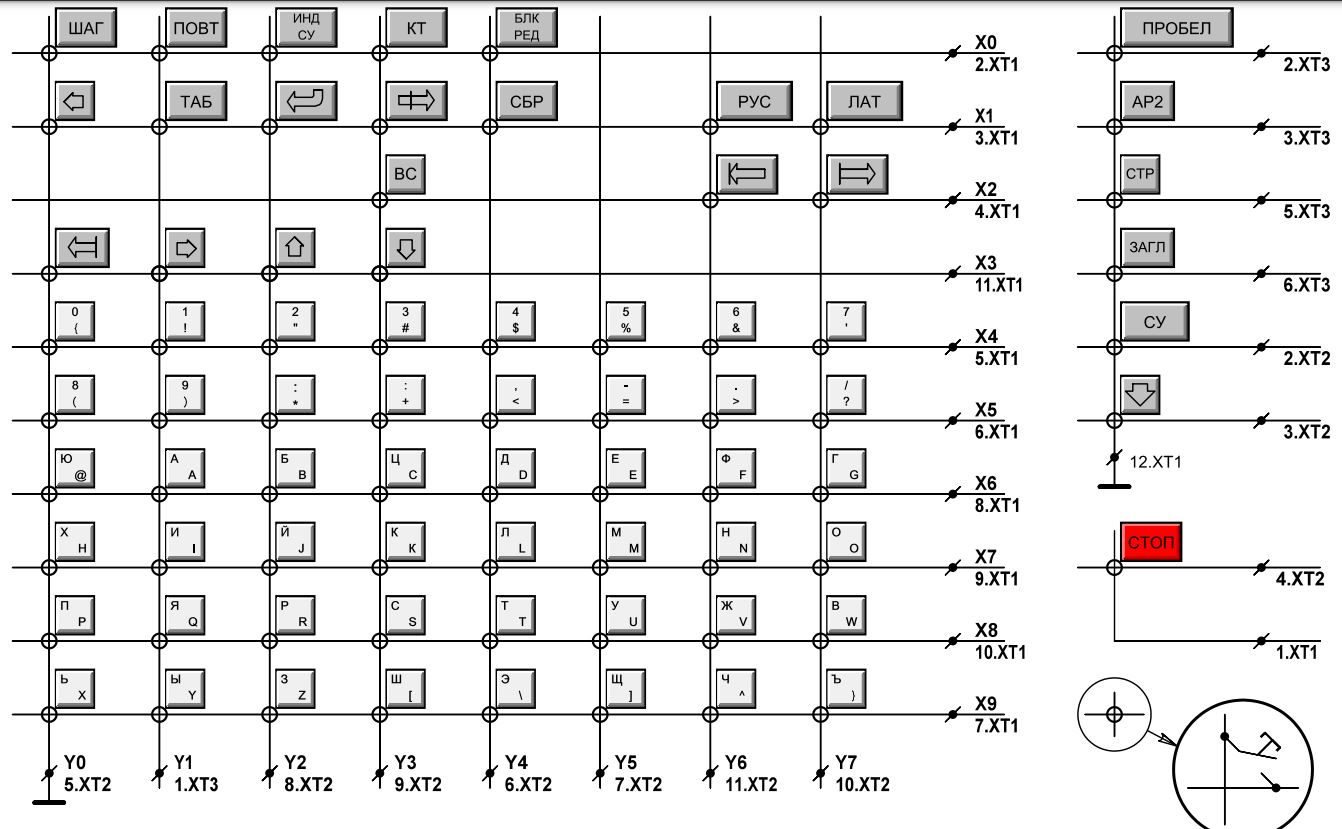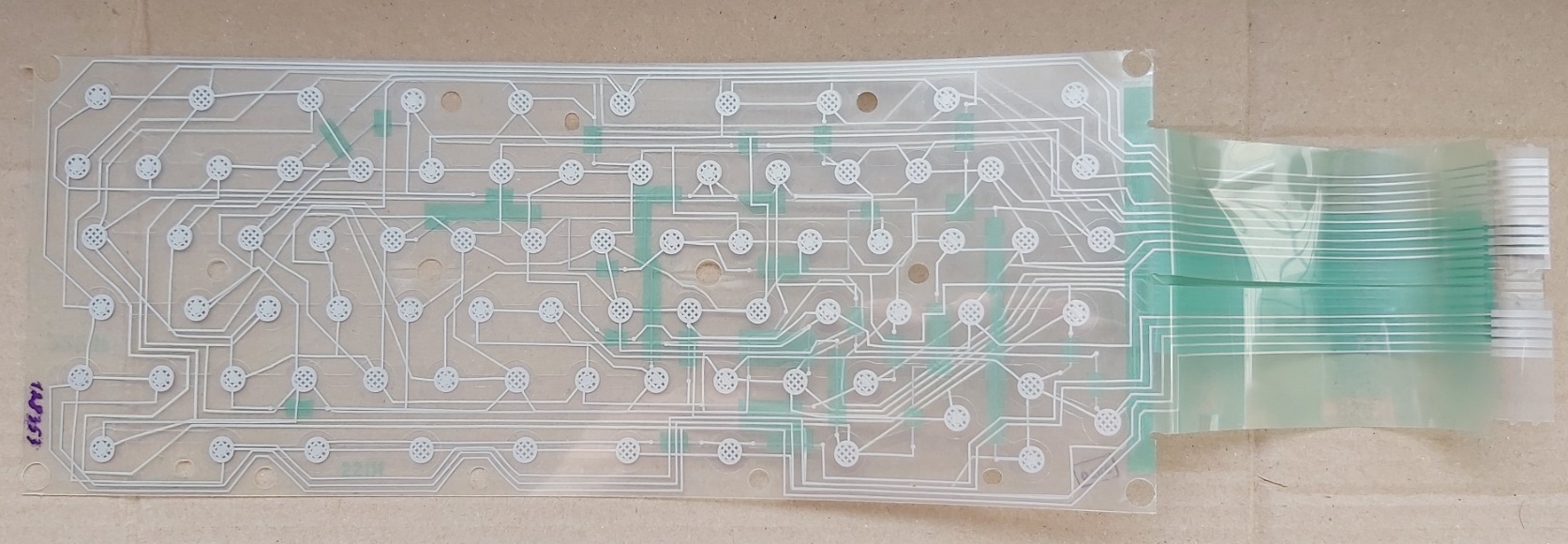Firstly is there a obvious way to avoid this? Because I think it's a form of ghosting what is happening. Otherwise I might need to build a custom keyboard for it and make the keycaps compatible with some modern keyswitches as I doubt there are any modern drop in replacements for soviet switches from the 80's
For anyone interested, pictures of the keyswitch




Me hitting the "1" key loads of times (yes it's really that bad at registering the correct keys)

My own notes on measurements




